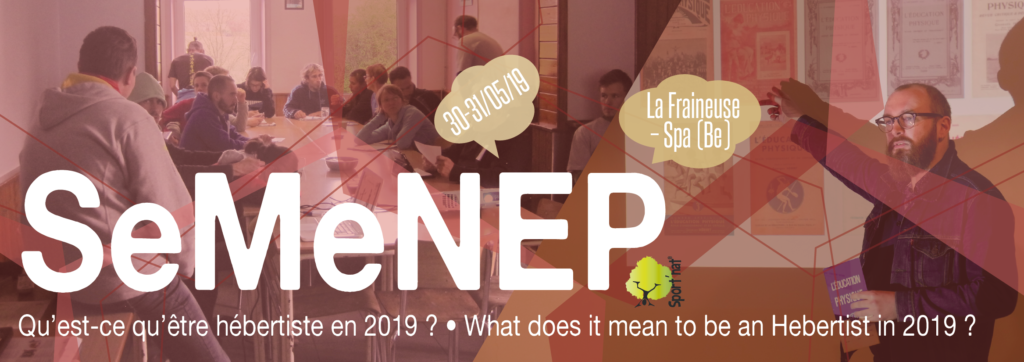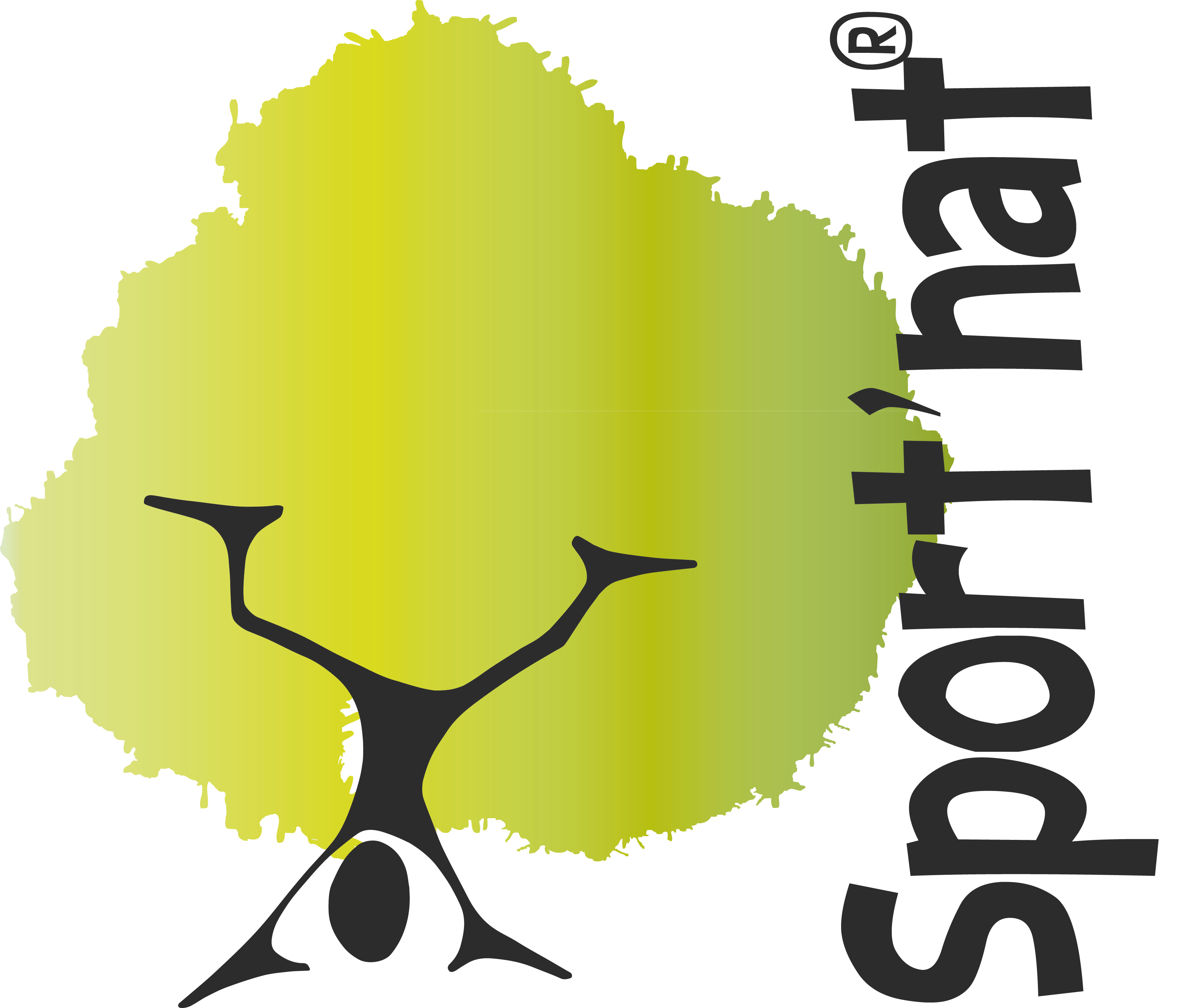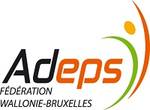Schedule
All interventions will be translated in advance into English or French according to the initial language: participants will receive a summary in their own language (the booklet distributed back there is accessible here, by clicking on the icon ; same about the contributions here under).
Each intervention includes a questions and answers period in both languages.
Thursday May the 30th, 2019
Friday May the 31st, 2019
7:30 AM
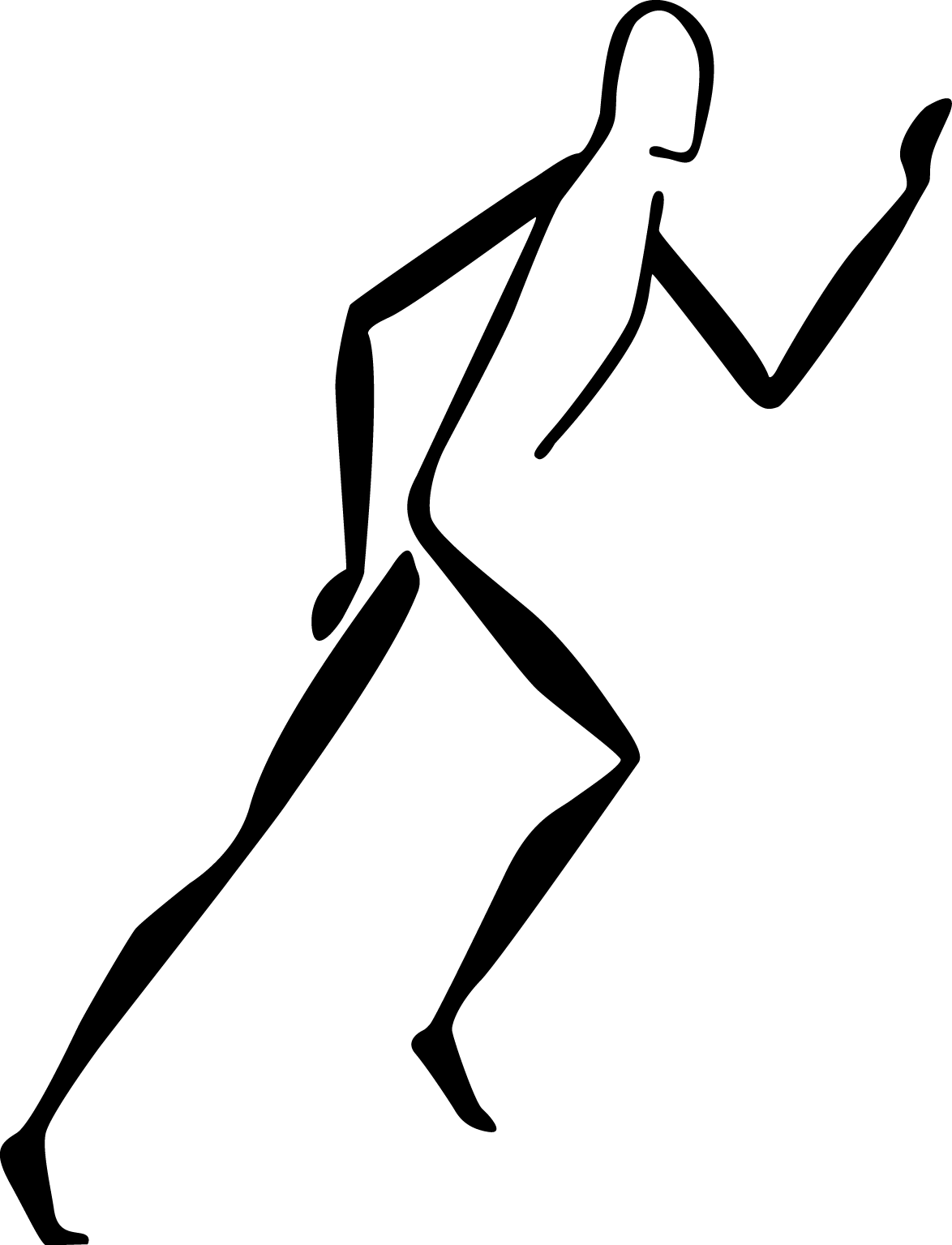
Morning warm-up
– David Fernandez Juan
8:00 AM
- Breakfast
Introduction
– Aurore Compère & Philippe Compère
The key question of the seminar – what is it to be an hebertist in 2019? – entitles to all contemporary issues related to a physical education practice such as ours. From the proposals received and the philosophical discussions held in the framework of the instructor trainings, we have listed the following issues :
- Can one be hebertist by practicing only the MN (without taking into account the 5 other aspects of hebertism)?
- Do you have to practice all 10 families of exercises to be an hebertist?
- Should an hebertist instructor to be paid or be volunteer?
- Should MN be practiced only outdoors?
- Is it recommended for a center to be attached to an hebertist federation?
- Can one be an hebertist without being eco-friendly?
- Can one be an hebertist if you are xenophobic or racist?
- Can one be an hebertist without being a feminist?
- Can one be hebertist while being homo- or transphobic?
- Should handicapped people be welcomed in hebertist centers?
- Should an hebertist of the 21st century still “be strong enough to be useful”?
- How can we be “useful” as hebertist today?
Méthode naturelle et écologie corporelle
– Christian Beugnier & Pierre Philippe-Meden
10:30 AM
- Break
10:45 AM


A new understanding of the term of strength
– Sven Schuh
12:00 AM
- Lunch
The Mat and the Flag
– Pierre Hébert
Hebertism is a philosophy of life. Its cornerstone, MN, is based on the principle of respecting the natural laws of the human being in order to allow everyone to achieve optimal physical development. If the principle is unalterable, its implementation is not a shackle. His doctrine, far from confining, is the backbone that supports the whole and which is the specificity of the MN. And this, for a specific purpose: to allow man to live in the fullness of his means. It is necessary to distinguish the doctrine, the pedagogy and the implementation as well as, for each level, the language or the communication related to it. Because asking the question “What is it to be an hebertist in 2019?” supposes, pre-supposes that the answer could or had to evolve for 20, 30 or 50 years. The question then is to know how …
THE DOCTRINE: the principle founding the MN – the use of gestures that are those of our species – are not to be questioned.
PEDAGOGY: it has its main guiding principles, and as G. Hébert has written, is subject to adaptations that we may discuss about.
IMPLEMENTATION: it is open to (almost) any possible path as long as the above criteria are observed.
By comparison, a theatrical work is an entity in itself and is not subject to change. His staging may be subject to adaptations that will however respect the spirit of the piece. And the sceneries will vary according to the creativity…
Gimnasia Natural : from Hebertism to future
– David Fernandez Juan
4:00 PM
- Break
A feminist hebertism ?
– Suzanne Collard, Aurore Compère, Dominique Compère-Demelenne & Thérèse Draye
Starting from a reading workshop of historical texts, we will first examine Hébert’s position in the society of his time concerning the place of women in sport. This first step will allow us to go into current questions around gender issues and the horizons they suggest for the evolution of our practice.
6:15 PM
- Diner
8:30 PM
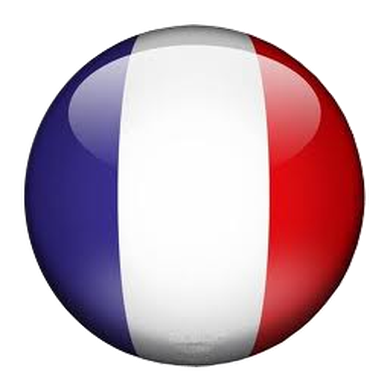
Historical movie session
– Pierre Philippe-Meden
Projection of archive films on G. Hébert and Hebertism. Presentations and comments by Pierre Philippe-Meden.
7:30 AM

Morning warm-up
– Sven Schuh
8:00 AM
- Breakfast
Forward-looking
– Jacques & Pierre Hébert
Jacques and Pierre Hébert will briefly explain the position of Georges Hébert’s heirs on the eventual foundation of an international Hebertist organization.
A Claie for the future
– Chiara Tassinari
10:45 AM
- Break
11:00 AM

Scope and development perspective
– Audry Huguet du Lorin
Presentation of the experience in Orléans:
- Partnerships in place
- Development project
- Short term needs
11:20 AM

How Parkour did lead us to MN
– Nadja Hahn
11:40 AM

A hebert center in the heart of Nantes
– Corinne Clouet
12:00 AM
- Lunch
1:30 PM


Games & Fighting
– Diego Zarantonello
2:45 PM

I don't like sports !
– Jean Delandtsheer
Without seeking any objectivity, the speaker -who has never been a professional nor an instructor in sport- follows the line of his biography to develop the theme of physical education and physical activities with occasional meetings -sometimes unexpected or discovered a posteriori- with the practices coming from Georges Hébert.
It is the secondary school (between 12 and 18 years old) that was the most painful but also the most revealing of the contradictions for him, without forgetting the questions and disclosures.
Between 20 and 30, the speaker has had various experiences, some of them related to mandatory military service which has gradually reconciled him to some sports. Little by little, he has acquired a fairly broad experience that does not make him a sportsman but allows him to be “a bummer nowhere”. Current developments are pulled between the awareness of the importance of physical activity for mental and physical health on one hand, and the intrusion of money in too many areas related to sport, with less consistent effects with well-being on the other hand.
Emulation !
– Dominique Compère-Demelenne
Despite the radical distinction he made between sport and physical education, and his early denunciation of the abuses of competitive sport, G. Hébert set up an entire system of evaluation in order to equip the instructors and the practitioners with benchmarks to their physical progression.
The “achievements” are a valuable tool in this respect. The healthy emulation that makes you want to outdo oneself can also come from the organization of more sporting activities such as timed parcours or Ball-Barr tournaments.
4:00 PM
- Break
4:30 PM
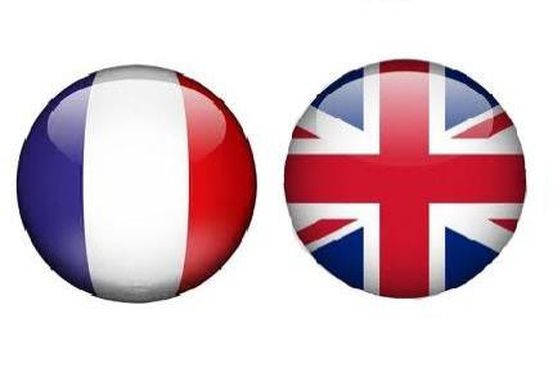
Synthesis of the panels
6:00 PM
- Diner
7:30 PM

Final debate
A philosophical and democratic discussion, in two groups (depending on the language of the discussion: French or English), will take place to try to give a definitive – but necessarily temporary – answer to the key question of the seminar: what is to be Hebertist in 2019?
After debating in each group according to the language, a short feedback will be done all together to allow us to synthesize both discussions.
Speakers
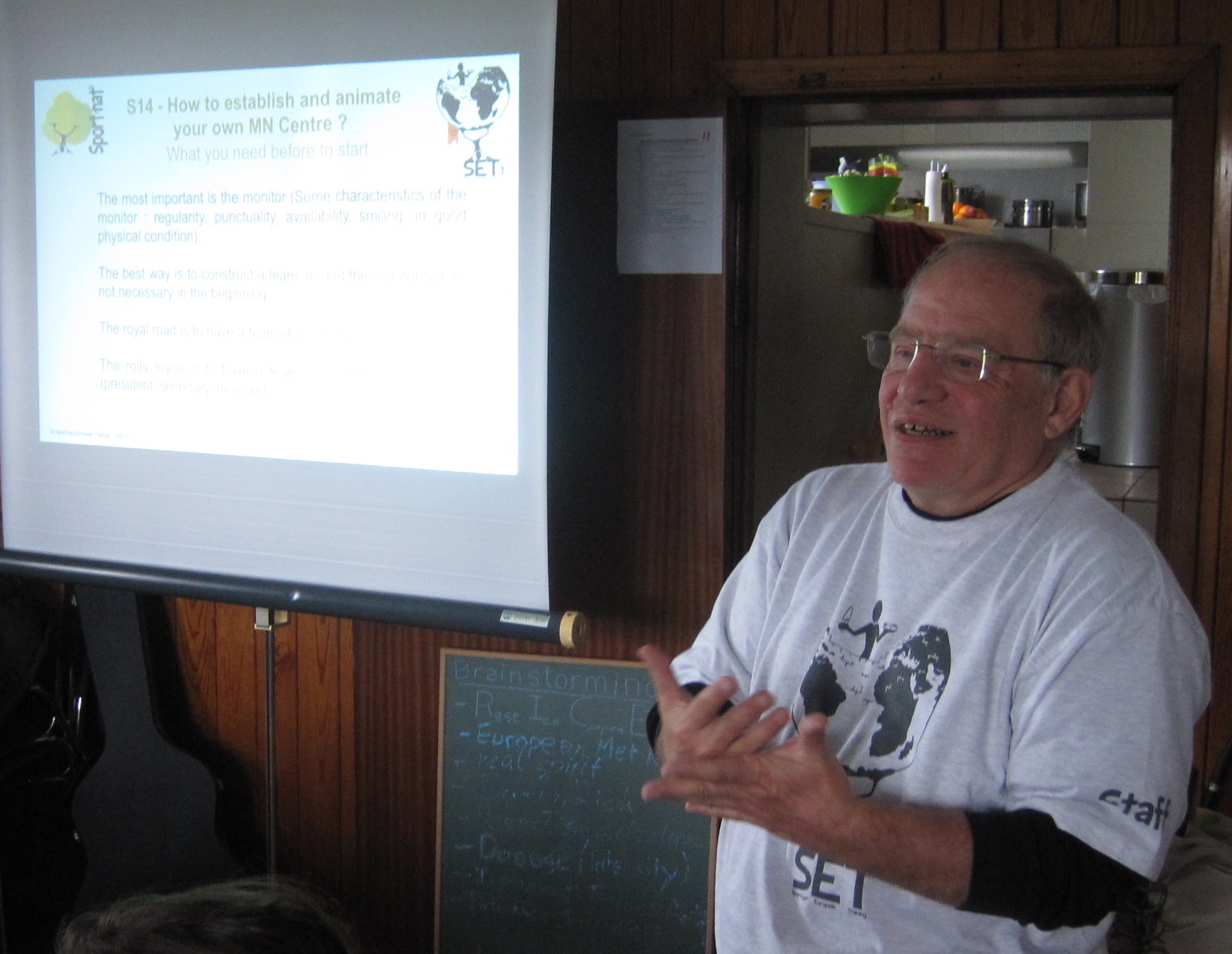
Christian BEUGNIER
Sport’nat® “Gymnat” Thuin
Son of Marcel BEUGNIER, one of the founders of the Belgian federation of Hebertism. Instructor in MN since more than 50 years. (Past) president of Sport’nat® Belgium for 25 years. Current president of FBHY.
Corrine CLOUET
Centre Hébertiste Nantais
Already 36 years that I practice the hebertism, that I discovered by my friend Geneviève, current President of CH Nantes.
It is with enthusiasm and pleasure that I lead our outdoor sessions, regardless of the public – children and/or adults.
I never miss an opportunity to promote our activity 🙂
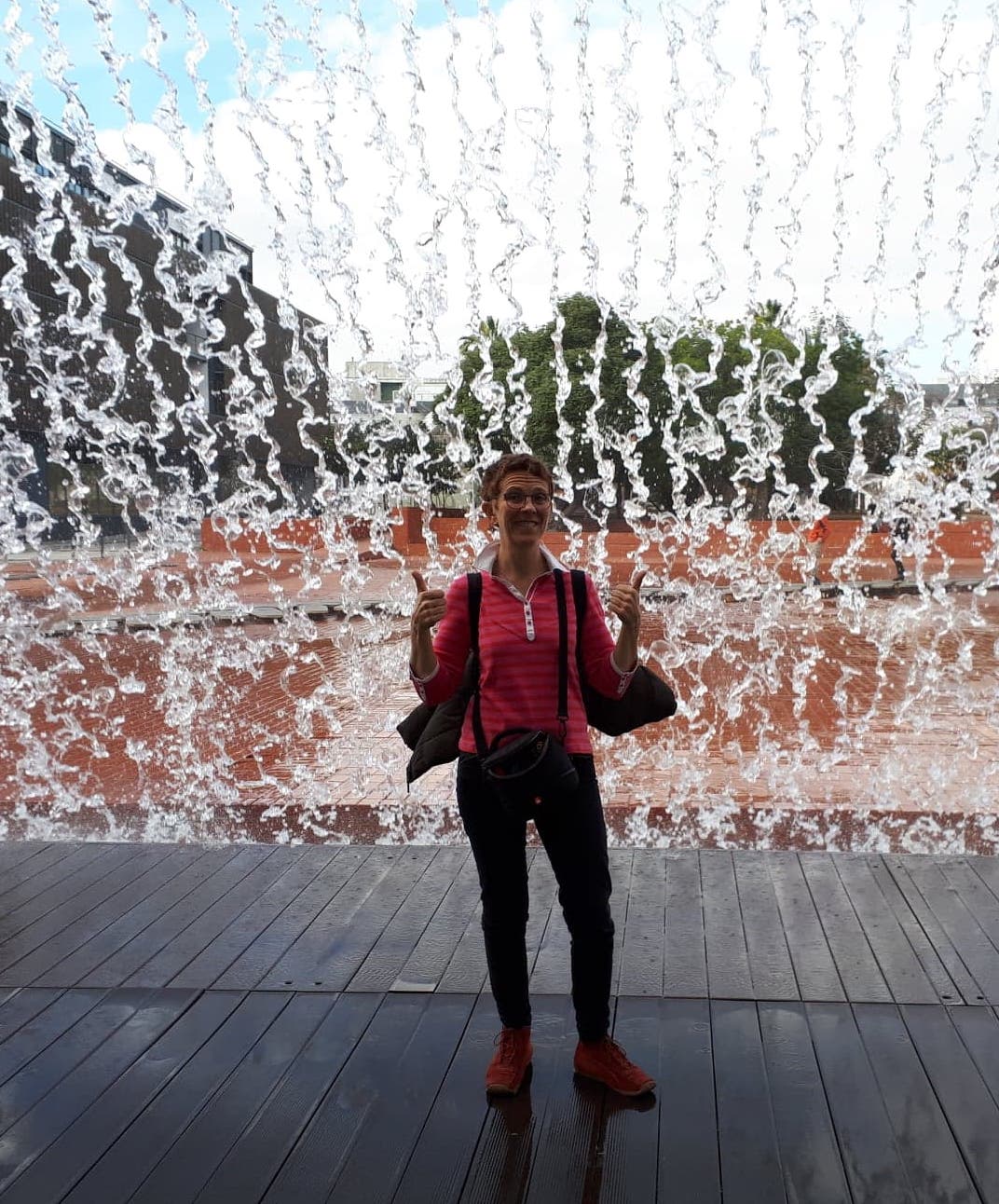
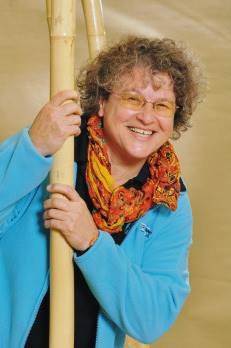
Suzanne COLLARD
Sport’nat® Val d’Heure
I am practicing hebertism for 18 years at the Center Hebert Val d’Heure. Since my arrival or almost, I also was the treasurer. A few years later, in 2005, I became a certified instructor by ADEPS. I was elected president of my center a year ago.
I am an instructor trainer and I was elected co-president of Sport’nat® Belgium at the same time as Philippe, in October 2017.
Aurore COMPÈRE
Sport’nat® Esneux & RCAE
Daughter and granddaughter of hebertists, I became a federal instructor in 2012, and have since worked on redesigning the training system for sports executives for Sport’nat® Belgium while completing my own course. Enchanted by computer graphics and web management, I take care of many of the Internet sites of the federation. I also plead guilty on multiple drawings, photos and digital or physical publications. The beautiful international dynamic that unfolds in recent years enchants me and this is why I organize from time to time a camp or Hebertist seminar …
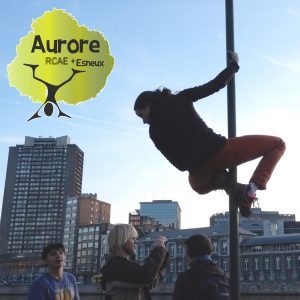
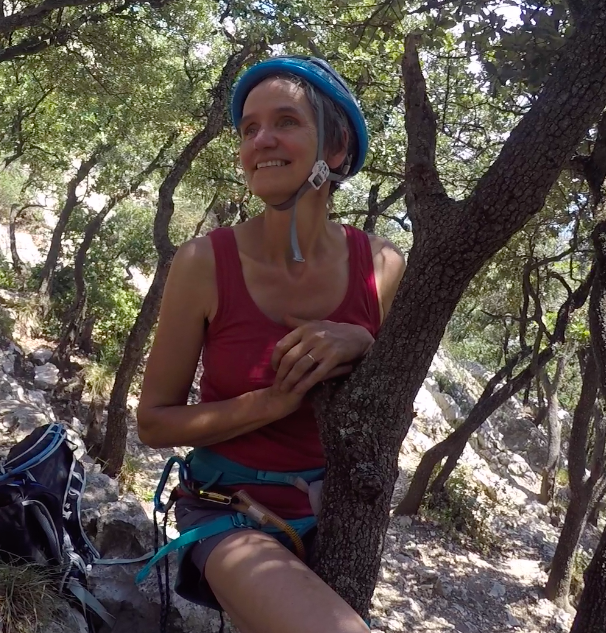
Dominique COMPÈRE-DEMELENNE
Sport’nat® Esneux
I fell into the pot when I was little, my father being a fan of Hebertism and a pioneer of MN in Belgium – He used to be instructor in Africa, trainer at the scouts and founder of the Hebert Center of Esneux. I trained all my youth, taking part in the courses of Pierre Barron and all the challenges organized at the time before becoming a trainer and trainer instructors in my turn.
Philippe COMPÈRE
Sport’nat® Esneux
More than 35 years of practice of MN, Sport’nat® instructor since 20 years, and current co-president of Sport’nat® Belgium. While marrying Dominique, I married with Hebertism at the same time…
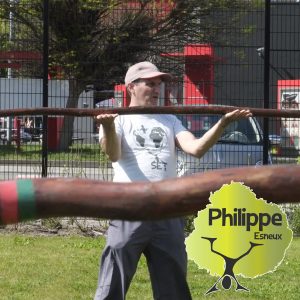
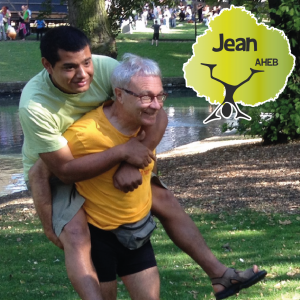
Jean DELANDTSHEER
Sport’nat® AHEB
2005 received as Level 1 Hebertism Monitor
1995 beginning of Hebertism as a practitioner
1983 became Liégeois to avoid daily AR from Brussels
1978-1979 compulsory military service
1977 graduated industrial engineer in construction (BTP) at the ISIB
1954 birth ..
I am not “performant” on the physical level especially for that which requires flexibility or explosiveness.
My motto: “We have the right to do better than the monitor, especially when the monitor is me”.
I have a great understanding for people with reduced physical abilities, whether it is by old age or on the contrary by a lack of psychomotor maturity or by a lack of experience or an handicap.
Thérèse DRAYE
Sport’nat® Val d’Heure
I was President of the Val d’Heure Center for 33 years before passing it to Suzanne last year. I am a professor of physical education – now retired for two years -, a trainer since 1989, trainer of instructors and head of the Training Commission of Sport’nat® Belgium.
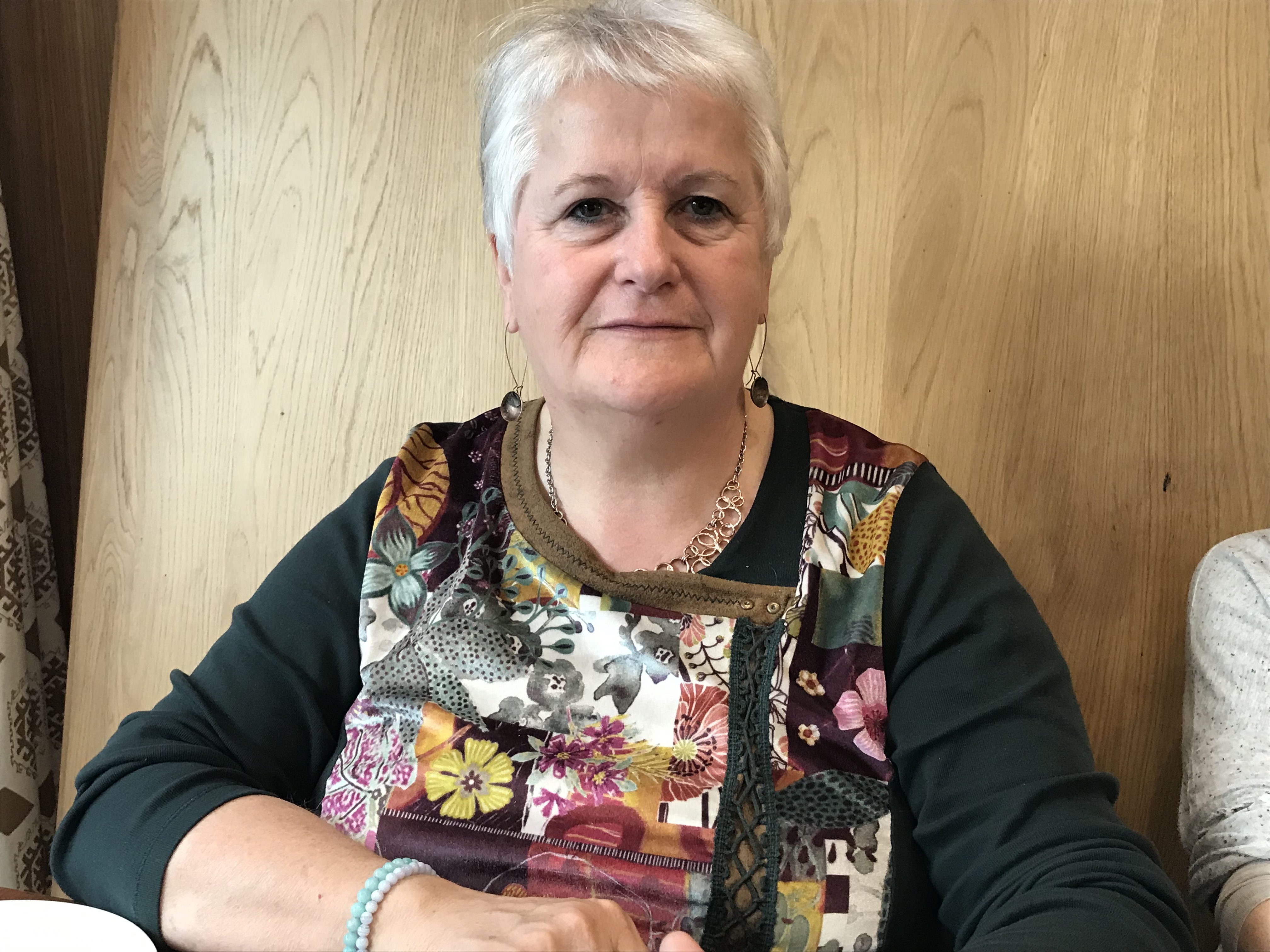
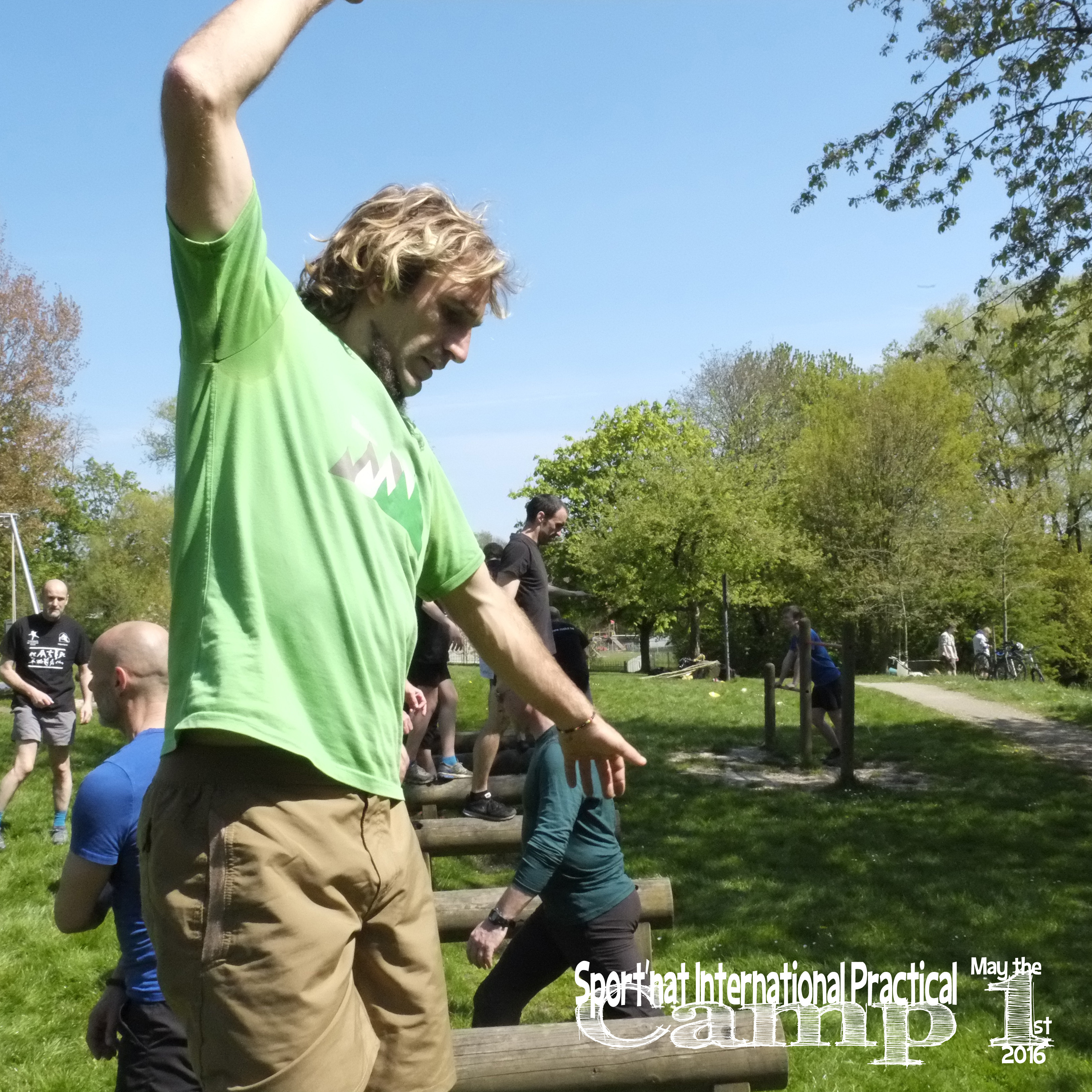
David FERNANDEZ JUAN
Gymnasia Natural Alicante
I heard “natural gym” for the very first time studying Pestalozzi at uni. After uni, I started to develop my own training method and in 2012 I trained myself on Hebert’s MN, which I incorporated to my method, Gimnasia Natural, and included it as the foundation of this.
Currently, our work is focused on documenting and communicating all the applications of Gimnasia Natural: we give academic training to Ph.E. teachers, social educators, physiotherapists, we deliver training workshops for different realms, we counsel public organisations on designing parcours, we lead projects with a range of public entities and we have weekly training groups.
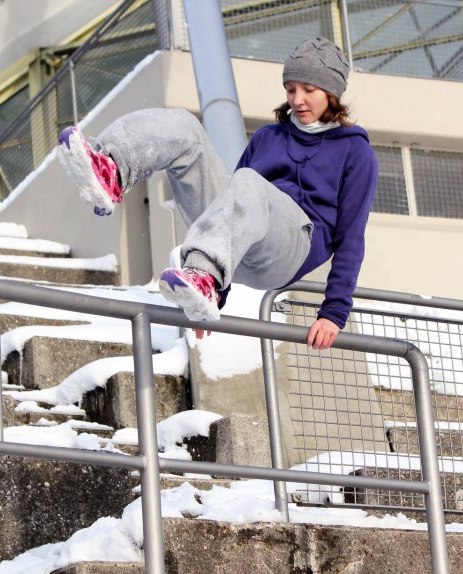
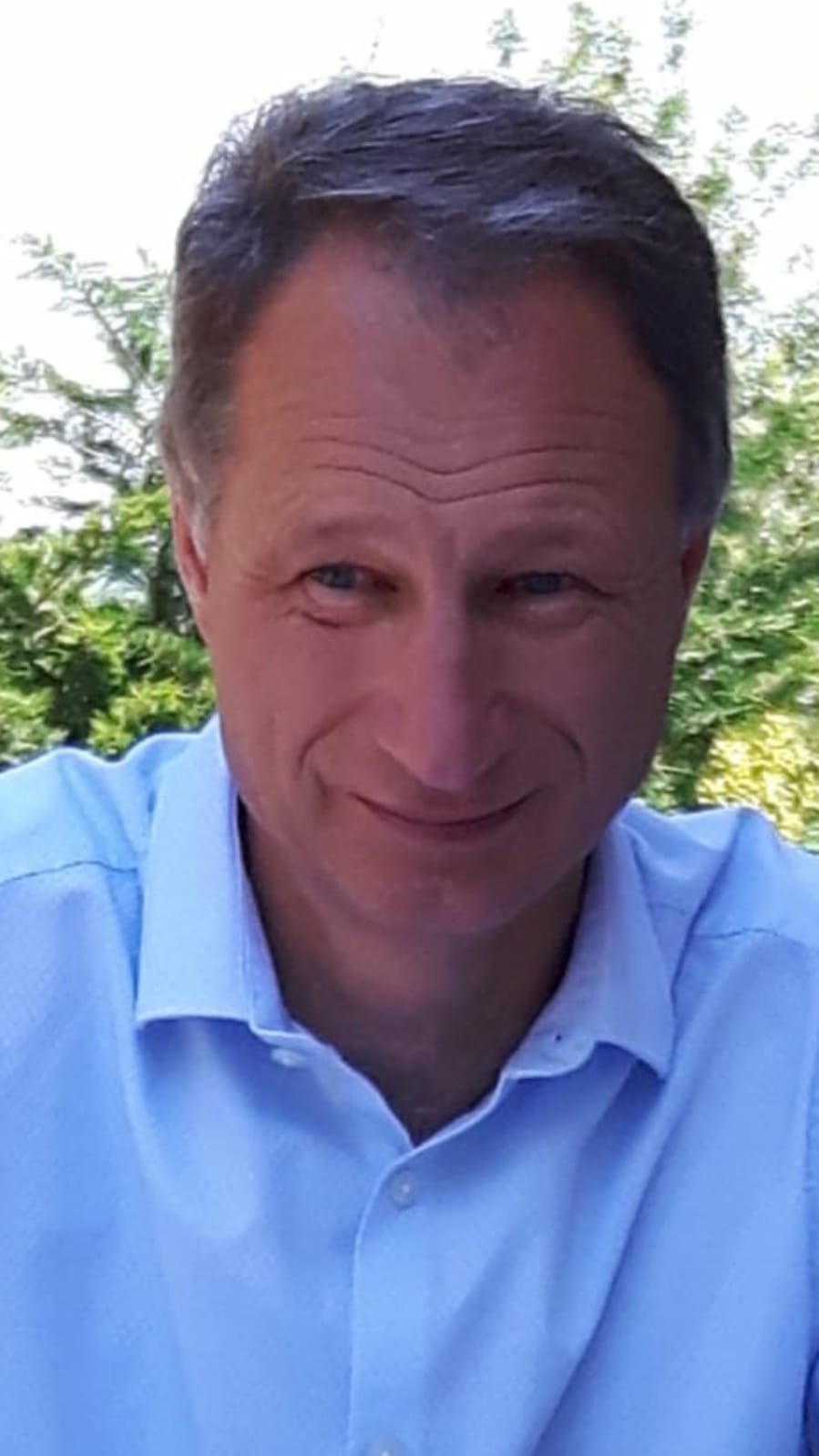
Pierre HÉBERT
Association Georges Hébert
Grandson of Georges Hébert, son of Régis Hébert, I fell into it from the cradle. I used to be monitor in Hebert Centers for 15 years. I am currently President of the Georges Hébert Association.
Jacques HÉBERT
Association Georges Hébert
Grandson of Georges Hébert, oldest son of Régis Hébert, I fell into it from the cradle…
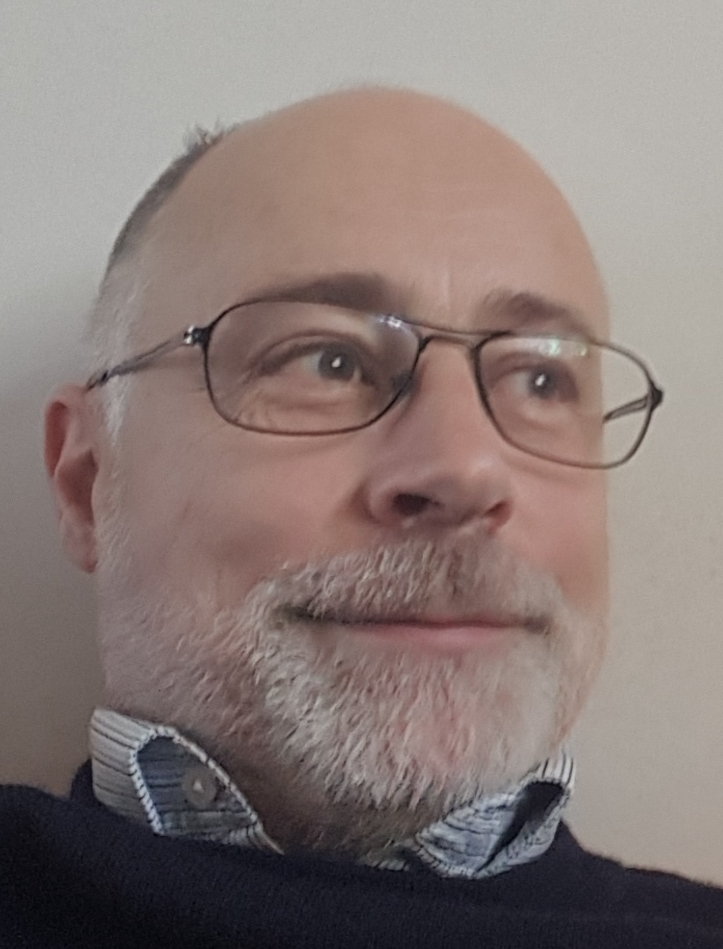
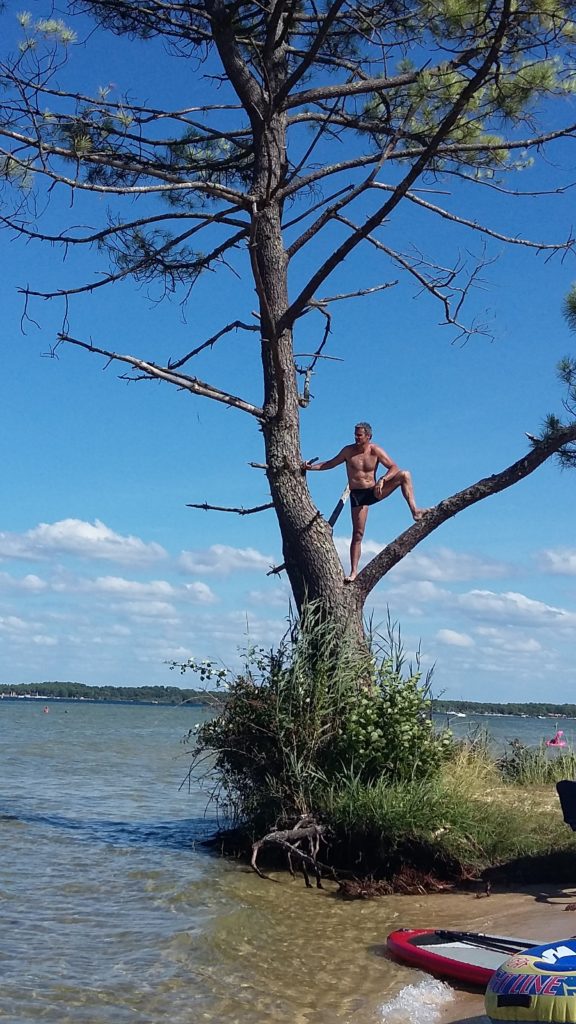
Audry HUGUET du LORIN
2017/2018: Educator training day at the Foundation for the School.
2015/2016/2017: Direction of the T.P. license STAPS of Orleans: MN Refoundation of the Hebertist Center of Orleans,
2008 Experimentation of the Natural Method in college ZEP<
2004/2010 Foundation of a free group in Orléans
2004 BEES 2 ° taekwondo and DA (high level / training)
2000 Bi-admissible aggregation Monitorat first aid Lifeguard lifeguard (option: lifeguard trainer)
1993 Monitorat EPMS 1st Marine Infantry Regiment
1994 Professor of Physical Education and Sports
1993 DEUG LICENSE MASTER STAPS – IFEPSA – Angers 1989/1993
Pierre PHILIPPE-MEDEN
Université Paris 8 / MSH-Paris Nord
Pierre Philippe-Meden is a doctor (PhD) in aesthetics, science and technology of the arts. His research focuses on the issues of body ecology in the history of physical education, sports and performing arts.
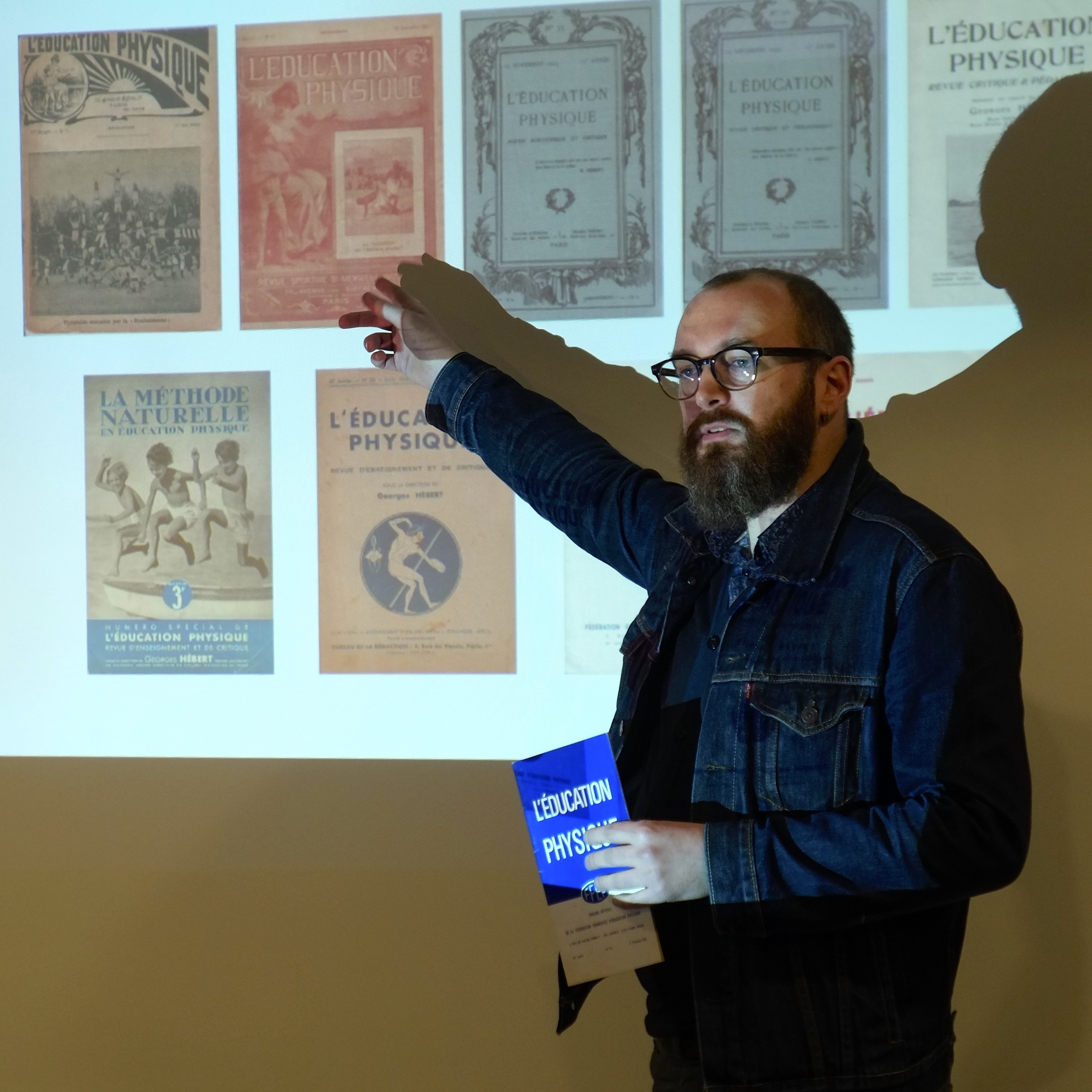
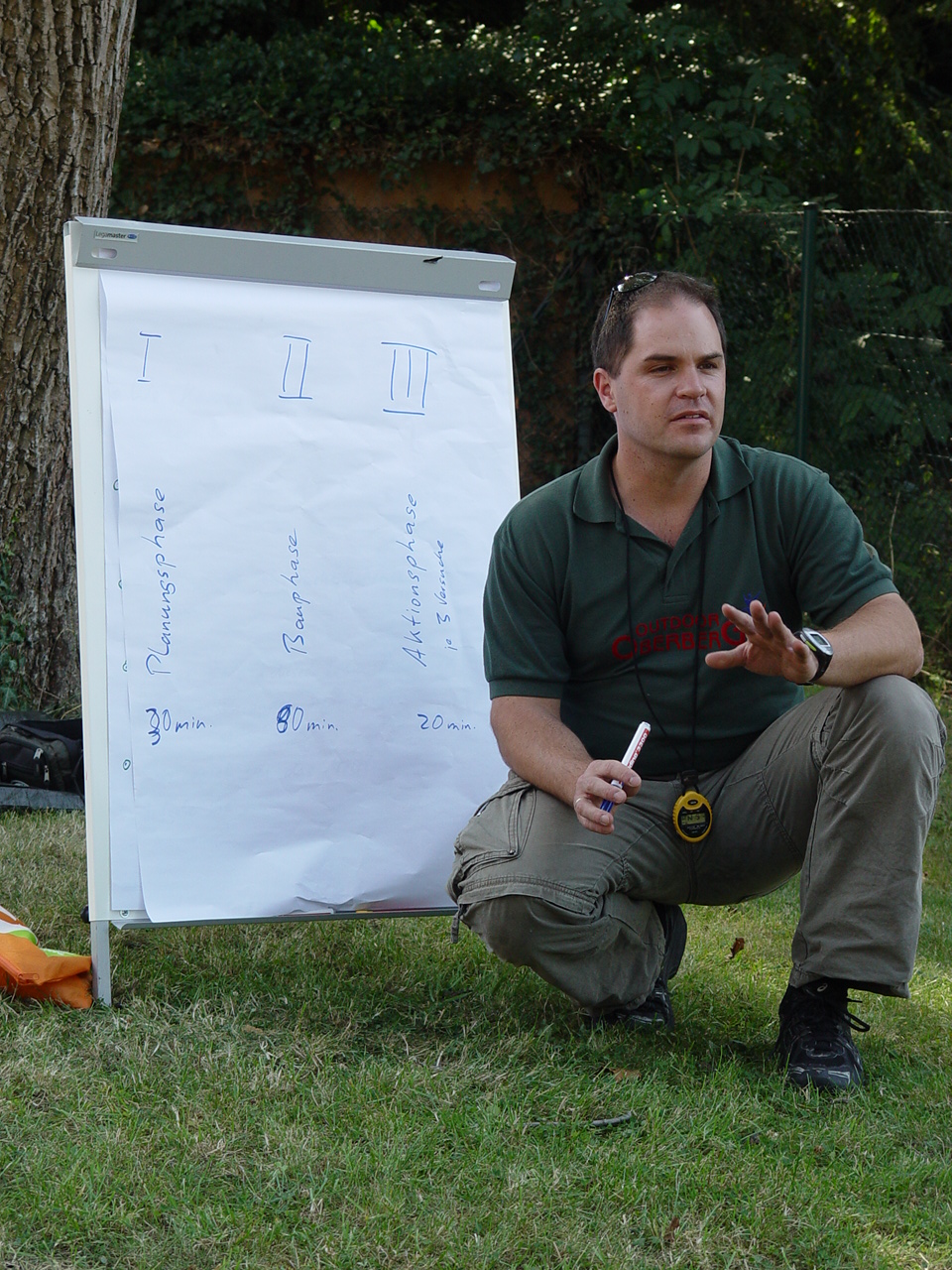
Sven SCHUH
Outdoor Oberberg
Having started in 2013 with my first MN trainings on my own, I have received a real boost in the SET 1 meeting in 2015. In 2016 I joined the whole SIP Camp 1 with an enlightening trip through all MN-Centers in Belgium. Since then I had introduced MN in the daily work of our educational non-profit-organisation and am practising it personally and with my family still with joy, sharing it with hundreds of people every year in my work.
Chiara TASSINARI
Forlì (Fc) – Spettine (PC)
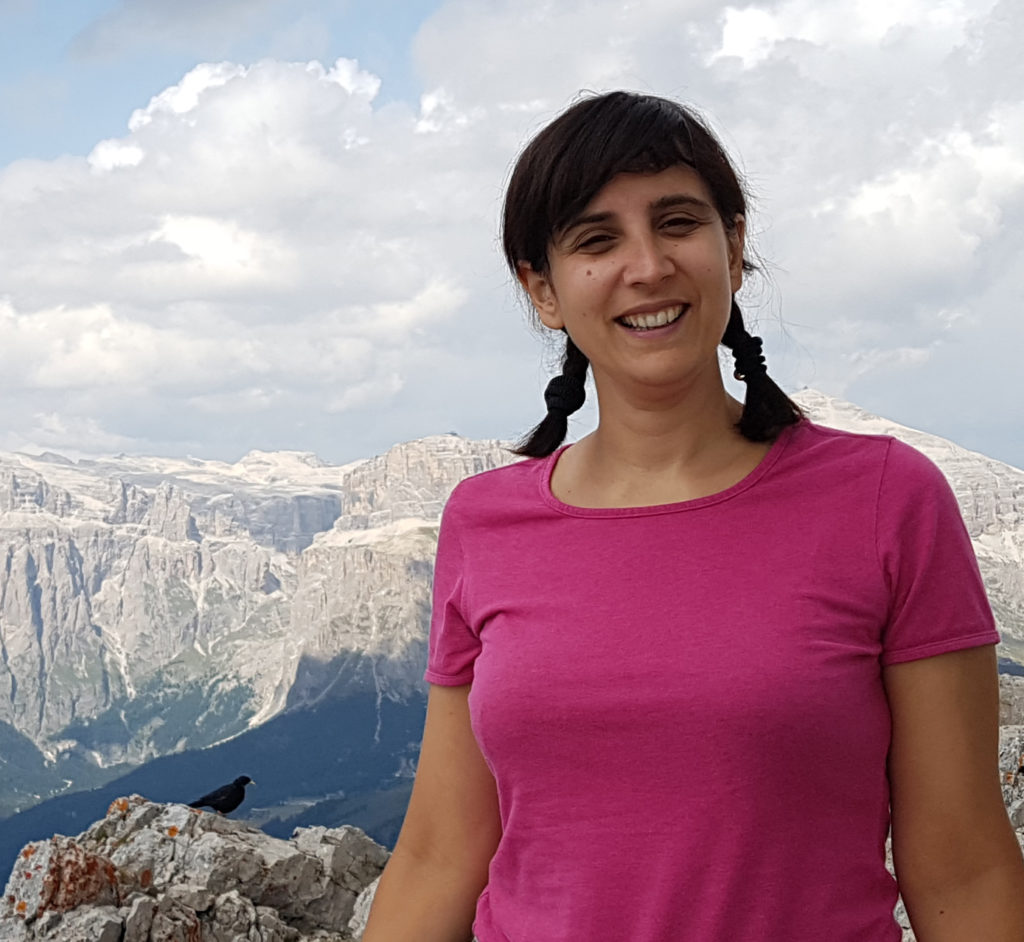
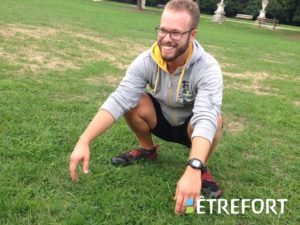
Diego ZARANTONELLO
AGESCI (scout association) – ETREFORT (my sport association)
I discovered hebertism for the first time in 1999 in my scout group. In the summer of 2002 I took part to a 5 days hebertism camp in Costigiola, the scout center where since 2008 I lead a lot of hebertism workshop and camp for boys and adults during the year. Meanwhile I studied all Hébert books, I took part to the first SEP and I trained in almost all the Belgium Hébert Centers in an 8 day trip with international friends… and some more thing could be add !
The place to be
Avenue Amédée Hesse, 41A
4900 Spa Belgium
Train : Spa
Bus : Spa Fraineuse
Website : ADEPS
In short
The SeMeNEP is a two-days seminar aimed at finding an answer to the question « What does being Hebertist mean in 2019 ? ». Without trying to lock up each other in a doctrinal straitjacket that would impoverish our practices, we will try to reach a “lowest common denominator” that allows us to state clearly who we are, while leaving us free to experiment and to help improving the method, as G. Hébert wished it himself.
